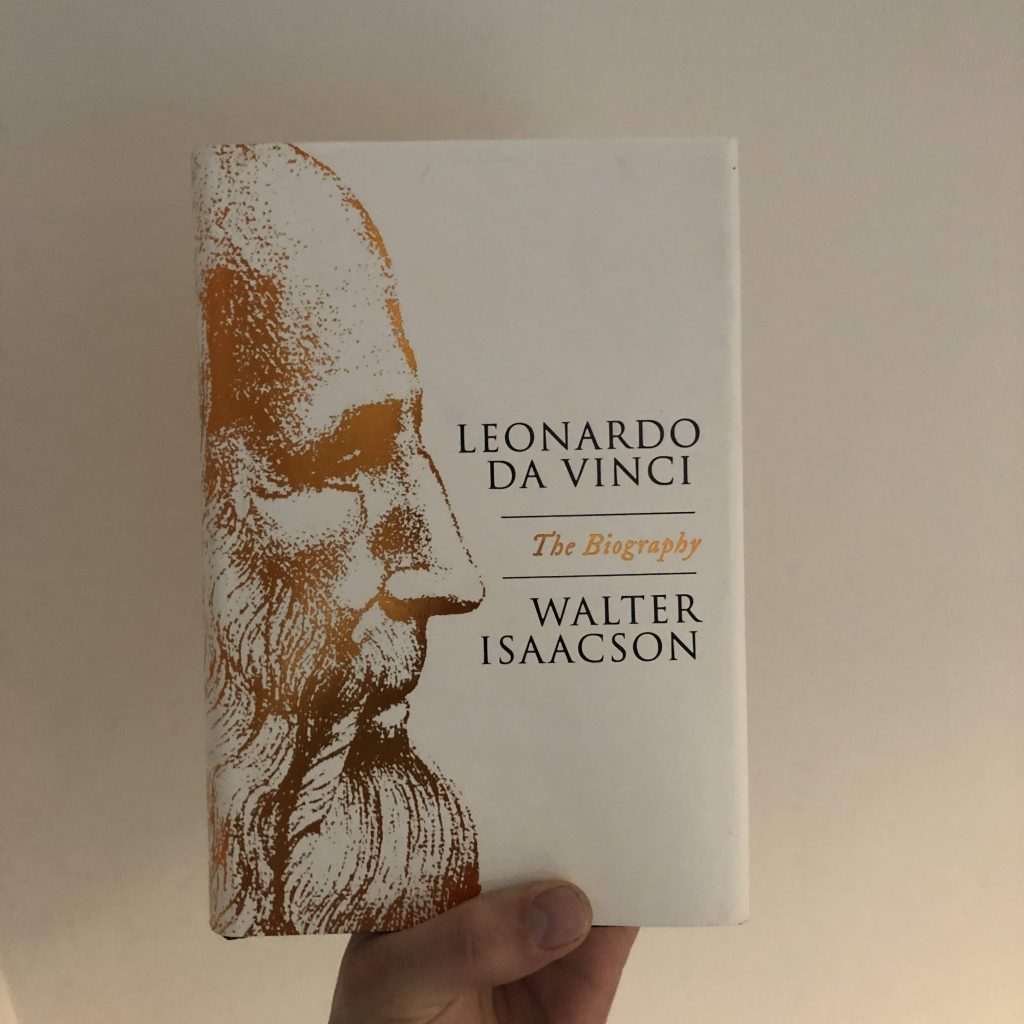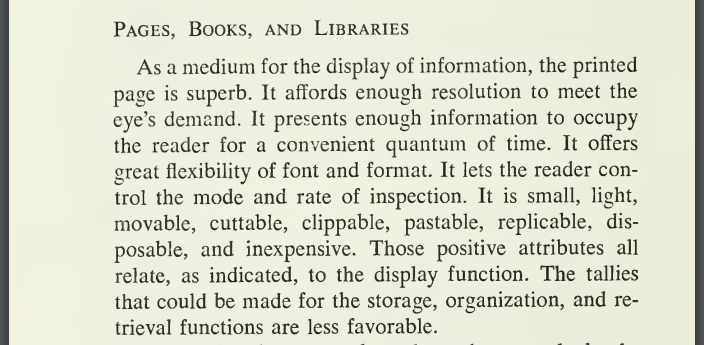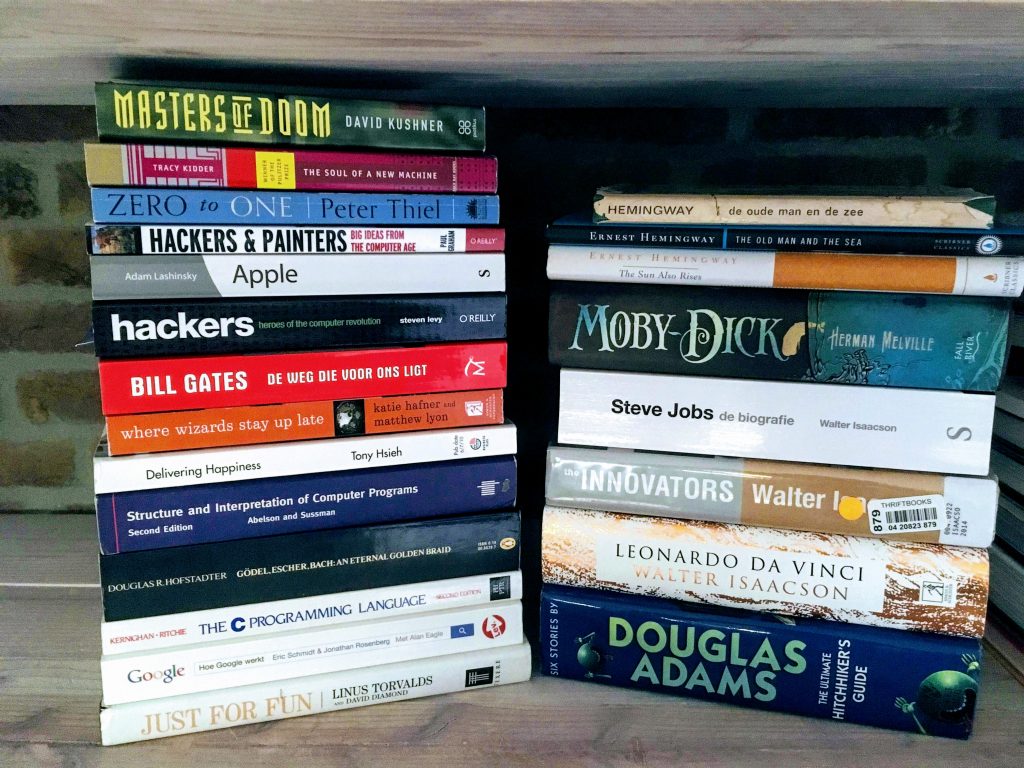My favorite biographer, Walter Isaacson, did it again. He created a gorgeously illustrated book about the quintessential renaissance man, Leonardo da Vinci. The book is based on the mind blowing — in number and content — 7200 pages of notes Leonardo left behind (which probably only accounts for one quarter, the rest is lost). As far as I am concerned this biography is the definitive introduction to this left-handed, mirror writing, ever procrastinating, sculpting, painting, stargazing, riddle creating, bird watching, theatre producing, water engineering, corpse dissecting, observing and ever curious dandy polymath.

“Leonardo’s notebooks are nothing less than an astonishing windfall that provides the documentary record of applied creativity.”
Walter Isaacson
I don’t want to go into too much detail about Leonardo da Vinci; just read the book! But needless to say he was one of a kind, his mind worked differently from other people and he made wide varying discoveries. I always thought he must have been a reclusive person. Because he was so far ahead of his time — sometimes centuries — that he must not have enjoyed present company. But, this couldn’t be further from the truth.
Leonardo was very much a people person. And this is one of the key arguments made by Isaacson about Leonardo’s art and skill. Not only was he a keen curious (the most curious) observer and tinkerer but he also sought cooperation to bounce ideas off. Isaacson makes a strong case of Leonardo specifically becoming and being a genius because of the combination of these things.
As I’ve come to expect of biographies by Isaacson, his own personal passion and admiration for the subject shine trough. Which is why I always enjoy his writing. Of course, some things that happened 500 years ago are up for debate, but Isaacson demonstrates enough knowledge and backstory to his findings to come to mostly natural conclusions. This book does an especially good job of going through da Vinci’s life chronologically but still managing to show the cross-sections and connections between art and science (and everything else) throughout Leonardo’s life. And with Leonardo everything was interconnected and related, so this is quite an accomplishment!
All of Leonardo’s skills and knowledge, of course, came together in the painting he worked on for 16 years. The Mona Lisa. The book beautifully works towards that conclusion. And by reading this book you come away with a deeper understanding and appreciation of what exactly it is you’re looking at.

